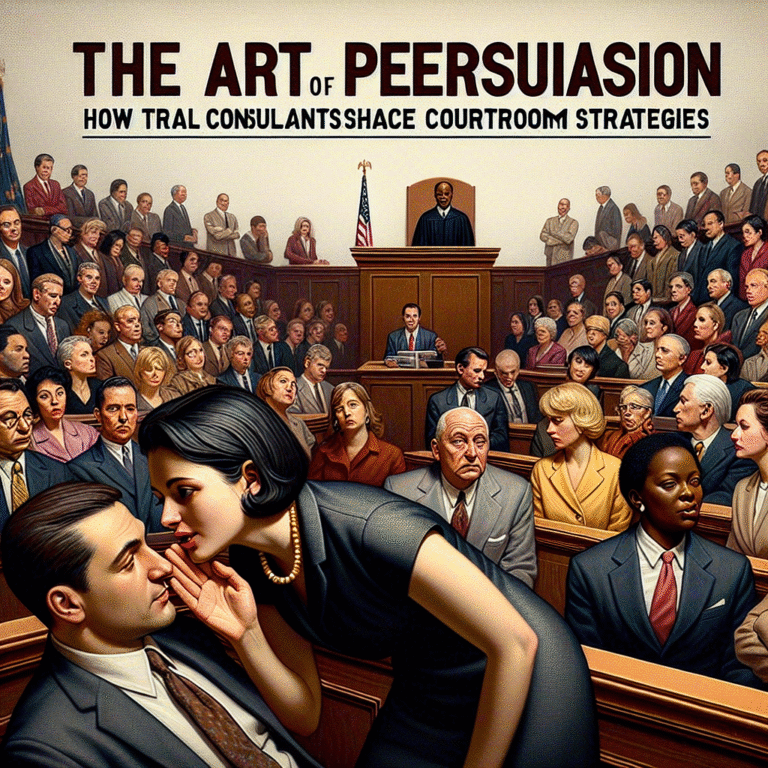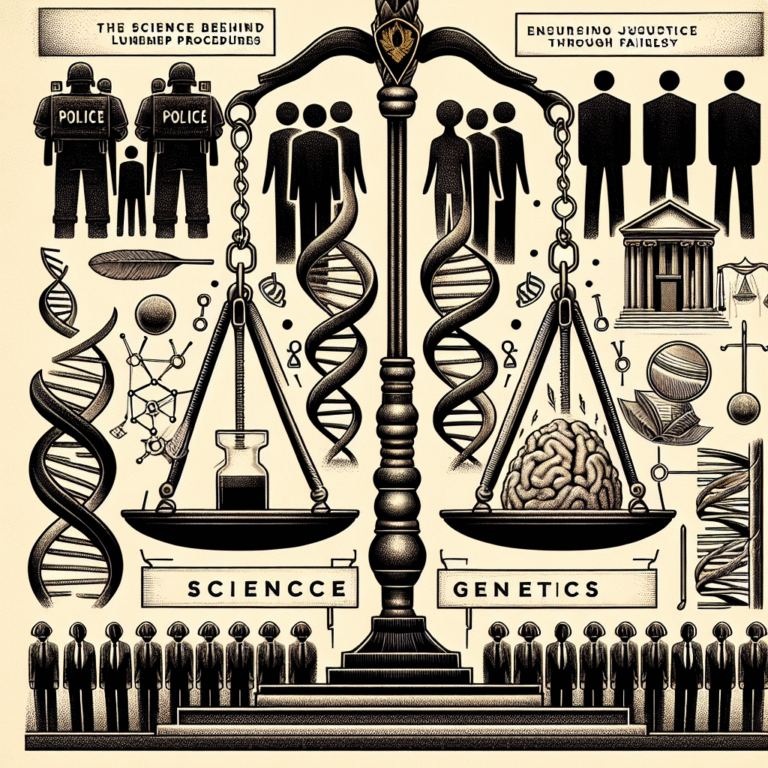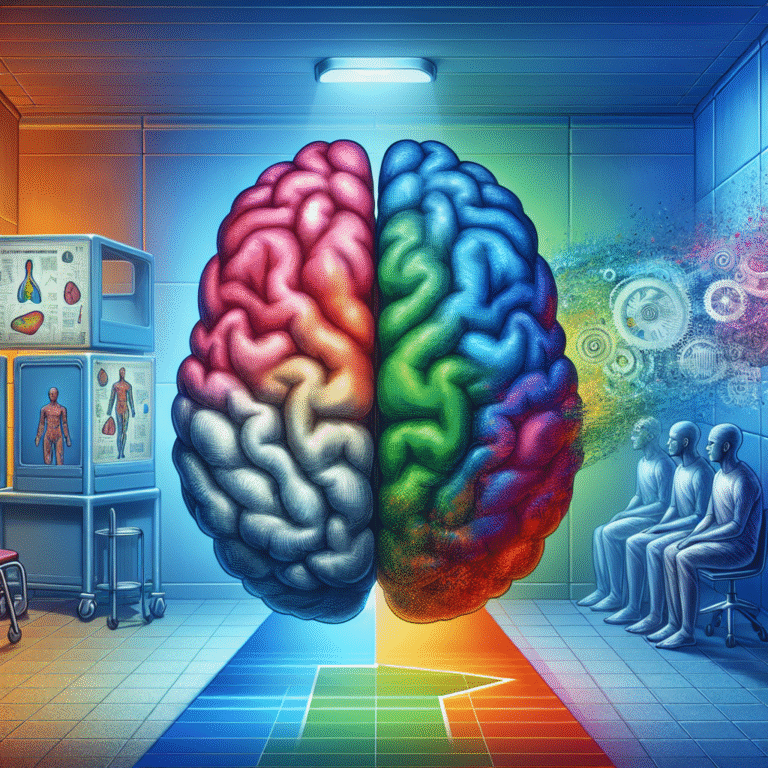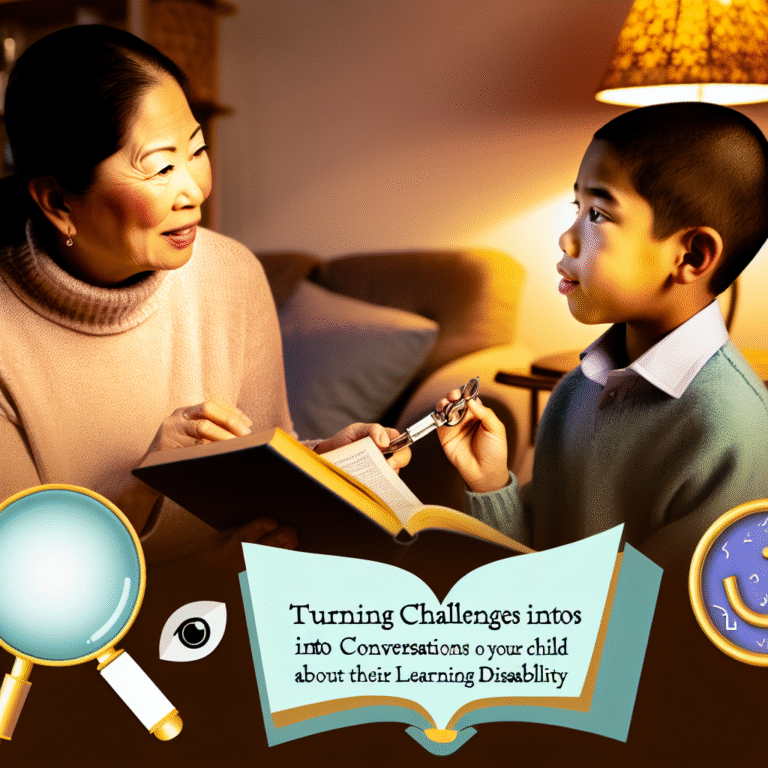
Introduction
Imagine a world where individuals who have stumbled down the wrong path can find their footing again. Youth offender rehabilitation is not just a matter of societal obligation; it is an investment in our collective future. When we prioritize effective rehabilitation strategies, we not only address the root causes of juvenile crime, but we also foster safer communities and empower young lives to thrive. The key lies in understanding that rehabilitation is not merely about punishment—it’s about restoration and growth. In this article, we will explore the essential aspects of youth offender rehabilitation, discussing proven strategies that promise a safer future for all.
Understanding Youth Offender Rehabilitation
The Importance of Rehabilitation
Youth crime is a multifaceted issue influenced by various factors—economic, social, and psychological. Recognizing these underlying causes is crucial for effective rehabilitation. In fact, several studies indicate that early intervention programs that emphasize rehabilitation reduce recidivism rates significantly.
Table 1: Comparison of Recidivism Rates Among Rehabilitation Programs
| Program Type | Recidivism Rate (%) | Duration |
|---|---|---|
| Traditional Detention | 65% | 6 months |
| Community-Based Programs | 30% | Varies |
| Family Therapy | 25% | 6-12 months |
| Educational Programs | 20% | 12 months |
The Psychological Impact of Incarceration
The emotional and psychological effects of incarceration on youth can be profound and long-lasting. Many young offenders suffer from anxiety, depression, and trauma that can hinder their ability to reintegrate into society. Therefore, understanding the impact of incarceration is critical to developing effective rehabilitation strategies.
Proven Strategies for Rehabilitation
1. Holistic Approaches
A holistic approach combines various therapeutic techniques—mental health support, education, family counseling, and vocational training. For instance, the Multisystemic Therapy (MST) model focuses on empowering families and communities as a way to address the behavioral issues of youth offenders.
Case Study: Multisystemic Therapy (MST)
A notable success story is found in a program implemented in Kentucky, where MST was adopted for juvenile offenders facing severe behavioral challenges. In just one year, 70% of participating youth had not re-offended, showcasing the effectiveness of this comprehensive approach.
Analysis: The success of MST demonstrates how connecting multiple systems—family, community, and school—can lead to significant reductions in recidivism.
2. Restorative Justice
Restorative justice prioritizes healing over punishment. By involving victims, offenders, and the community, this approach encourages accountability and understanding, fostering a sense of responsibility in young offenders.
Case Study: Restorative Conferencing in Australia
In Australia, a pilot program using restorative conferencing showed promising results. Offenders who participated reported feeling remorse and a strong commitment to change their behavior, with a recidivism rate falling to 15%.
Analysis: This case illustrates how giving youth offenders a voice in the justice process can transform their mindset, encouraging them to take ownership of their actions.
3. Educational and Vocational Training
Education is a powerful tool for rehabilitation. By equipping young offenders with relevant skills, we can significantly reduce their chances of re-offending. Programs that focus on academic achievement and vocational training have proven particularly effective.
Case Study: The Pathways Program in California
The Pathways Program in California offers vocational training to incarcerated youth. After completing the program, participants had job placement rates of over 60% within six months of release, effectively breaking the cycle of crime.
Analysis: This emphasizes the importance of practical skills that lead to employment opportunities, significantly impacting recidivism rates.
4. Mental Health Support
Mental health services are often overlooked in traditional rehabilitation methods. Psychological counseling and therapy can help address the emotional and behavioral issues underlying criminal activity.
Case Study: The Young Minds Initiative in New York
The Young Minds Initiative provides mental health services for juvenile offenders. Early results show a reduction in self-harm and suicidal tendencies among participants, indicating that addressing mental health can improve overall rehabilitation outcomes.
Analysis: This program reinforces the need for mental health support as a core component of rehabilitation strategies.
Creating Community Partnerships
Engaging Local Organizations
Building partnerships between justice systems and local organizations enhances rehabilitation efforts. Community programs can provide resources, mentorship, and support, which are vital for reintegrating young offenders.
Case Study: The Bridge Program in Chicago
The Bridge Program connects youth offenders with local nonprofits that offer mentorship and job training. Over the past five years, 85% of participants have avoided contact with the criminal justice system post-release.
Analysis: Community involvement creates a sense of belonging and accountability, critical for sustaining positive behavioral changes.
Utilizing Technology in Rehabilitation
Digital Platforms for Learning
Incorporating technology into rehabilitation can provide young offenders with innovative learning opportunities. Online courses and virtual counseling sessions make education more accessible.
Case Study: The Youth Empowerment Program (YEP)
The YEP in Texas uses a digital platform to deliver educational content and mental health support. Reports show improved engagement and academic performance among participants, with an 80% completion rate for online courses.
Analysis: By leveraging technology, programs can reach more youth offenders, making rehabilitation scalable and effective.
The Role of Family in Rehabilitation
Family Engagement Initiatives
Engaging families throughout the rehabilitation process is vital. Family involvement can motivate young offenders and provide them with a support system during reintegration.
Case Study: Family Strengthening Program in Massachusetts
This program involves families in the rehabilitation process, offering counseling and workshops. Families that participated reported a 50% reduction in conflict, indicating better outcomes for the youth involved.
Analysis: When families work together, the chances of successful rehabilitation increase, demonstrating the power of support systems in ensuring long-term change.
Challenges in Youth Offender Rehabilitation
Addressing Stigma
Stigma surrounding youth offenders can hinder rehabilitation efforts. Communities that perceive young offenders as irredeemable can prevent them from fully reintegrating into society.
Building Public Awareness
Educating the public about rehabilitation can foster a more inclusive environment. Campaigns that highlight the potential for change in young lives can transform public perceptions.
The Importance of Policy Reform
Advocating for Change
Policy reform is crucial for ensuring that effective rehabilitation strategies are funded and supported. Advocates must work to influence legislation that prioritizes rehabilitation over punishment.
Successful Legislative Changes
Recent reforms in states like California and New York have shifted focus towards rehabilitation-oriented measures, leading to decreased incarceration rates and improved outcomes for youth offenders.
Conclusion
Youth offender rehabilitation is an essential component of building safer communities and empowering young lives. With effective strategies such as holistic approaches, restorative justice, vocational training, and the involvement of families, we can foster positive change in young offenders. By addressing the emotional, educational, and social needs of these individuals, we can break the cycle of crime and help them realize their potential. It is imperative that we continue to innovate, collaborate, and advocate for policy changes that support rehabilitation for our youth. The strategies highlighted herein serve as a roadmap to a safer, brighter future for our communities, where youth can thrive instead of just survive.
FAQs
1. What is youth offender rehabilitation?
Youth offender rehabilitation refers to programs and strategies designed to help young people who have committed crimes reintegrate into society successfully, reducing the likelihood of reoffending.
2. How effective are rehabilitation programs compared to incarceration?
Research shows that rehabilitation programs, especially those focusing on education and mental health, significantly reduce recidivism rates compared to traditional incarceration methods.
3. What role does mental health play in youth offender rehabilitation?
Mental health is crucial to rehabilitation; addressing the psychological challenges young offenders face can enhance their chances of successful reintegration.
4. Are restorative justice programs effective?
Yes, restorative justice programs have shown effectiveness in reducing recidivism and promoting healing for both victims and offenders by fostering accountability and understanding.
5. How can families support youth offenders in rehabilitation?
Families can support youth offenders by participating in rehabilitation programs, offering emotional support, and encouraging positive changes in behavior and attitudes.
By engaging in ongoing efforts and investing in the future of our youth, we can create a safer society where everyone has the opportunity for redemption and growth.















